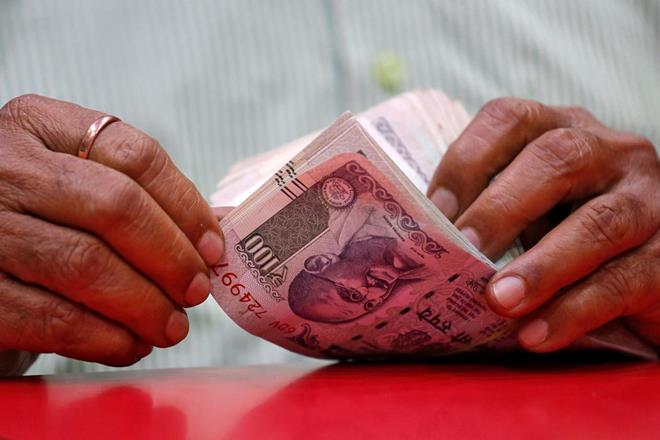I was in Mumbai, the week of Chandrayaan-2. Mumbai is in doldrums. There is gloom, and doom and despair about Sensex and Nifty tanking. The Budget is blamed for the trouble, and the subsequent corrections are only grudgingly acknowledged. People are asking whether the India story is over. Is this a cycle or a trend?
In the Chandrayaan space mission, the path, from the Earth to the vicinity of the moon, can be, and was, known accurately. Only in the last stage did the random element become dominating. Vikram was released, but its short course, from the vehicle to the ground, was frustrated. Modi took the attitude that this was a slip, not a failure.
A puzzle remains. People have been signalling the faltering course of the economy since the new government was installed. The Budget was based on the idea that the economy was on the correct course despite some growth estimates tending downward. The most recent estimate, for the first quarter of the financial year, indicates further decline. The course of the vehicle to the moon is measured with extreme accuracy. Economic data are subject to large measurement errors. So, 5% is really somewhere between 4% and 6%. Those who fancy they are driving the economy have fuzzy, steamed-up front-view, but even their rear-view mirror is hazy. We don’t know where we are going, nor where we have come from. We are marching in a fog. The distant future is known perfectly accurately; $5 trillion economy by 2024, but that is because we set it.
There is a problem of too much, too frequent information, which distorts judgement. Thus, because stock prices are published not just daily, but minute by minute, people believe they convey some information about the economy. But, we know that stock market prices take a random walk from day-to-day, i.e., there is no information content in their daily movements. It is only the weekly, or monthly, average which yields information.
There is a similar story about GDP growth rates. What we get, are quarterly growth rates annualised. Each quarter’s growth rate leads to speculation about the trend of the economy. But, if you plot them, you see that there is a lot of intra-year volatility, which gets averaged out when you compute the annual growth rate. The growth rate of GDP was 7.2% for 2017-18, while for 2018-19, it was 6.8%; given the margins of error, this means no change. But, look at quarterly growth rates, and you see the loop of an umbrella. From 6% in the first quarter of FY18, up to 8.1% by the fourth quarter of FY18. From then on, downward to 5.8% by the fourth quarter of FY19. Now, 5% for the first quarter of FY20. Is this no vikaas, as Rahul Gandhi says?
Take a four quarter moving average to find the direction of the economy. We get, from Q4FY18 onwards, 6.9%, 7.7%, 7.7%, 7.1%, 6.35%. So, there is a cycle, from the first to the last average, of 6.9% to 6.35%. This is not no vikaas. The question to ask is: Where will the economy go next?
It is quite clear that consumer expenditure on durable goods has declined, as indicated by bank loans data. This, in turn, may be either due to difficulties in the bank and non-bank credit market, both of which have become non-functional compared to the past. Consumers may also be saving more. It may also be that the job market is changing, and many more are in the gig economy. They are self-employed, rather than employed. Banks may not regard them as safe prospects to give loan to, whatever their incomes. Banks need to modernise.
The government has made several payments to farmers, and many other claimants, but, obviously, its budgetary constraint is tight. The finance ministry has announced a new working group on infrastructure projects, with a budget of Rs 100 trillion ($1.4 trillion). Is this enough?
India is waiting for the prime minister to say where he thinks the economy is heading. No one else inspires the same confidence in the people, on any issue of national importance, as he does. On the same day as the loss of Vikram, the PM launched three new metro lines in Mumbai, reminding people of how much infrastructure has already been improved. But, while this is welcome, it was the end of an investment. What about the future?
The Budget did announce the intention of the government to borrow abroad. Bond yields are low, if not negative, across the developed countries’ markets. It is a great opportunity for India to launch a 100-year bond, maturing in 2119, of up to $2 trillion. India remains attractive internationally. Whatever the debt-to-GDP ratio, the ratio of the debt-servicing cost to GDP will remain manageable. India could reduce the hedging cost for the investor by guaranteeing the return in terms of gold equivalent, a sort of indexing. That will invite a flood of money from sovereign wealth funds and pension funds. India should not hesitate.


